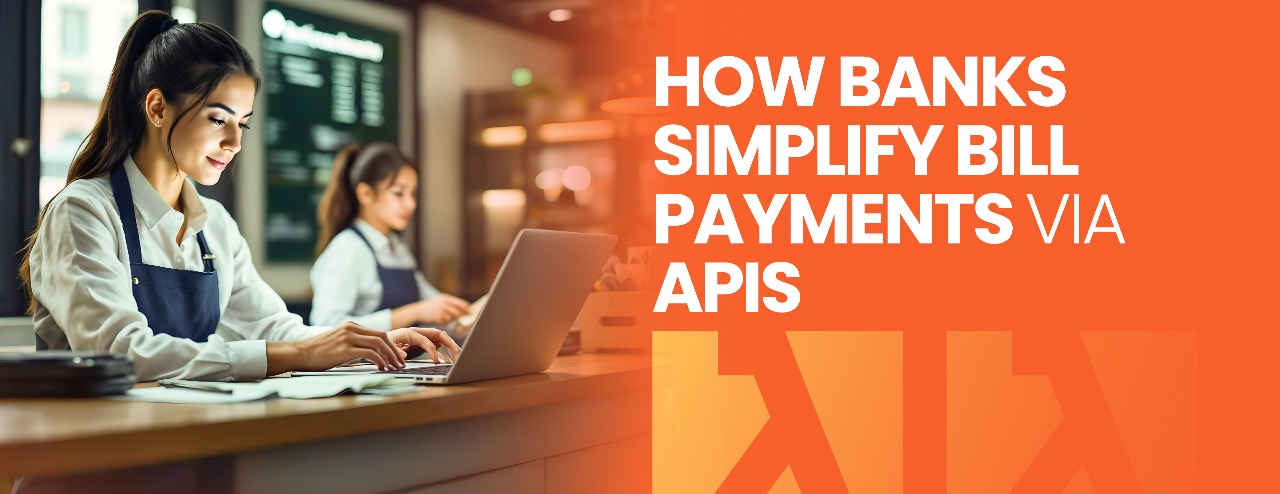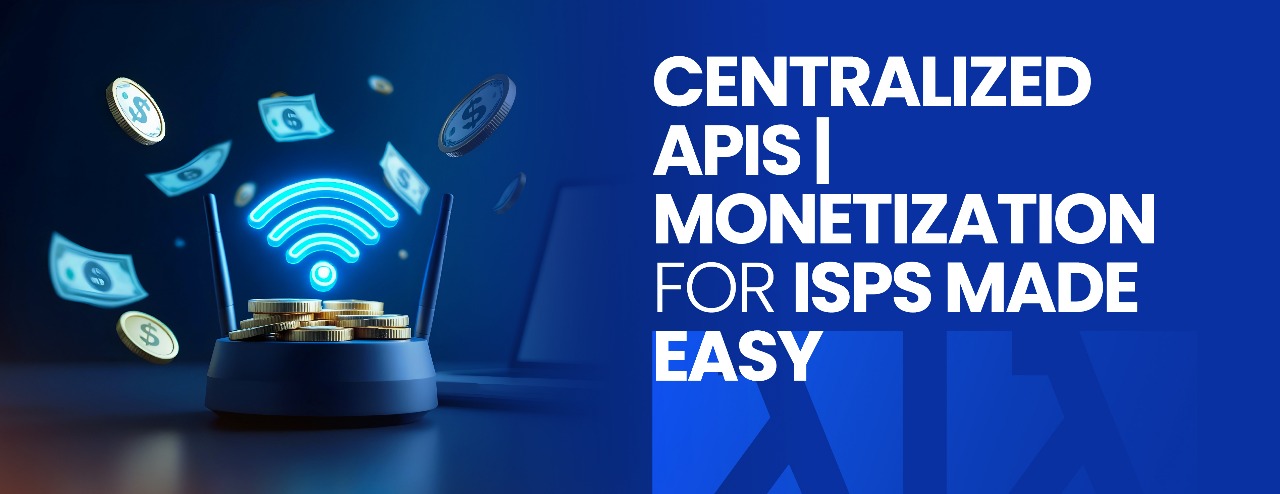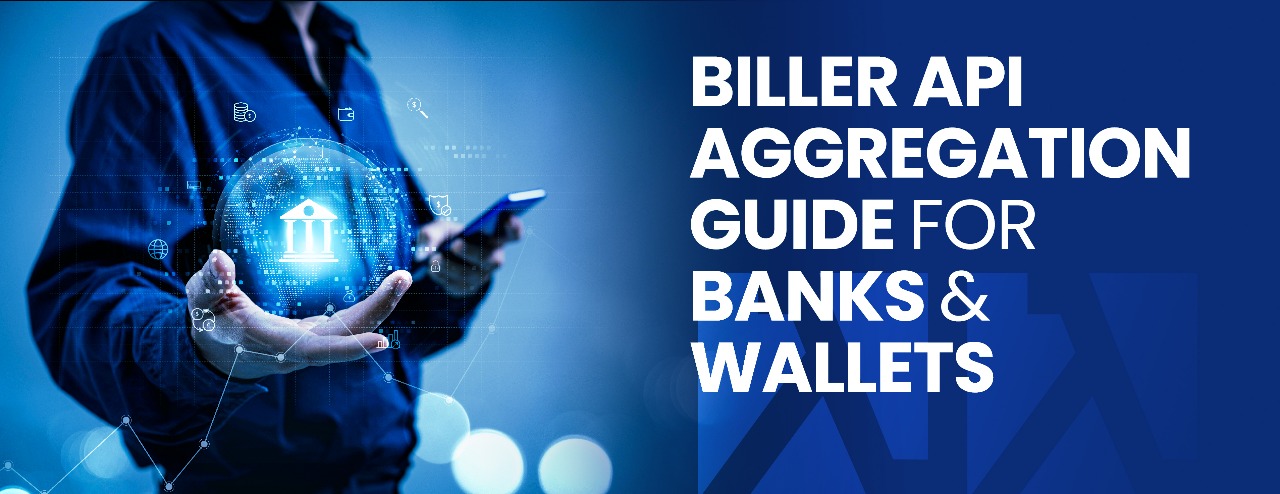In the ever-changing world of financial technology, there emerges a new phenomenon-becoming an integral part of life: super apps. The appearance of these comprehensive digital channels tends to change the way one communicates with his or her private finances; these comprehensive tools remodel the landscape of the Fintech industry towards ensuring seamlessness, integration, and high personalization in the consumer financial experience.
The super app has rapidly turned into the new frontier in the Fintech revolution, troubled by the call and need for convenience, accessibility, and comprehensiveness of financial solutions. It is on this premise that this blog examines what constitutes a super app, discusses the important role that Fintech has played in its development, and considers some interesting prospects that point to the way ahead for this transformational technology.
What Are Super Apps?
Super apps are advanced digital, multi-functioning platforms that integrate multiple facilities and functions within one seamless user interface. While applications typically have only one purpose or facility, super apps were designed to be that one-point contact with which a lot of the common needs could be satisfied, from banking and payment to e-commerce, social networks, messaging, and more.
Key defining characteristics of super apps include:
- Seamless ecosystem: Super apps need to be that place from which a user should be able to take care of every digital need; from a wide number of core services to integrations with third parties.
- Seamless user experience: These will be the key items of their focus-applications which are intuitive, personalized, and with the least hassle resulting from several applications performing partial functions of what a user may want to achieve.
- Data-Driven Insights: Super apps make use of advanced data analytics and AI to provide personalized recommendations, predictions, and services to users as per their individual needs and preferences.
- Convenience and Accessibility: Super apps combine so many functionalities within a single application, with the core focus on offering unparalleled convenience and accessibility, which makes living life and handling personal finances easier.
The Role of FinTech within Super Apps
The rise of super apps relates to rapid growth and innovations within the industry of Fintech. In that respect, Fintech-by its very core business model of deploying technology to better deliver financial services played an integral role in the growth and proliferation of super apps.
- Integrated Financial Services: Fintech-empowered super apps provide a wide set of integrated financial services within one digital ecosystem, such as banking, payments, lending, investment, and insurance.
- Frictionless User Experience: Fintech solution, intuitive UI, mobile-first approach, and biometric authentication combine to form the frictionless, user-friendly experience typical of super apps.
- Advanced Analytics and AI: With the power of integrated data analytics from Fintech and artificial intelligence, super apps can go the extra mile to showcase personalized insights into financial matters, suggestions, and forecasts.
- Regulatory Compliance: Fintech has found its way through much-convoluted regulations that allowed super apps not only to handle sensitive data in general but financial in particular, securely and within the ambit of the law.
By harnessing the power of innovation and expertise within the Fintech Industry, super apps have positioned themselves as one-stop shops to manage every type of financial need, thereby establishing themselves as the next generation in the digital financial ecosystem.
Case Studies
One well-known example of a super app is WeChat, which was launched in 2011 by the Chinese internet giant Tencent. More than one million products and micro applications are contained within the WeChat messenger, ranging from financial transactions, loans, and trade to entertainment, games, and even ticket booking. These are used every month by more than 800 million active users.
Banking super apps already have a considerable impact on the development and digitization of the financial industry. Among the most popular super apps, one can mention Alipay, owned by Jack Ma’s Ant Group, which boasts more than 1.3 billion users.
Another huge financial super app example is Paytm, which was from India. It has 350 million users, and according to the review by Aakash Gupta, Paytm can say it helped digitize India’s payments since 11% of its 1.38 billion people have paid with Paytm in the last 12 months as of July 2024.
Another very fast-growing financial super app is GCash from the Philippines. GCash is a mobile wallet and online payment method utilized by 90 million, or 90% of all adult Filipinos in the country, to pay for goods and services, transfer money, pay bills, withdraw cash, invest, buy insurance, pay for transportation, among others.
With such huge amounts of products, huge flows of big data through the bank may become promising grounds for building a highly personalized banking ecosystem around the particular user. The day-to-day market is accessible to more and more advanced technological solutions: data processing and personalization with the use of AI. Other examples of super apps are Grab, Line, and Gojek, better known as Get.
The Future of Super Apps in Fintech
With continuous change in the Fintech arena, the future of super apps is indeed bright in this dynamic arena. Some critical updates for trends and development provide evidence that super apps will have an even leading role in shaping the future of financial services:
1. More Integration of Services: The super apps will most likely continue their integration of services, ranging to an even broader scope of financial and non-financial services, thus further cementing their place in the center of all user needs.
2. Higher degree of personalization: The super-apps will have to use increased data analytics and artificial intelligence to very personalized financial recommendations, insight, and bespoke services that will help improve customer experience, creating strong customer loyalty.
3. Regulatory Adaptation: Given sensitive financial information and dealing in transactions, super apps have to be at par with regulatory development in addition to gaining user confidence.
4. Global Expansion: Indeed, while the development of super apps is rising in Asia, it has already inspired similar creations in other parts of the world, and the same can be expected with super apps’ takeover of the Fintech world.
5. Ecosystem collaboration: Super apps will likely increasingly collaborate with financial services players, Fintech start-ups, and other ecosystem partners to offer a more comprehensive and innovative suite of financial services, further entrenching their market leadership.
As the Fintech space moves forward into new territories, one thing is for sure: super apps are going to be shaping the future of financial services, integrated, highly personalized digital financial experiences for the consumer.
Lambda Payments: Pioneering the Future of Fintech with Super App Innovation
The increasing proliferation of super apps within the Fintech space no doubt signals one clear disruptive trend in the way people interact with their finances. Equipped with state-of-the-art technology, supported by robust data analytics, and having an outstanding knowledge of the Fintech landscape, Lambda Payments most definitely will play a leading role in this process of creating and aggregating super apps in only one innovative, secure, and user-oriented financial ecosystem.
With the industry at its development stage, super apps and Fintech entities like Lambda Payments have the potential to play the role of leading players in shaping the next phase of digital financial transformation. Consumers can look forward with great optimism toward super-app-fueled and pioneering Fintech entities able to make finance smooth, personalized, and empowering.








